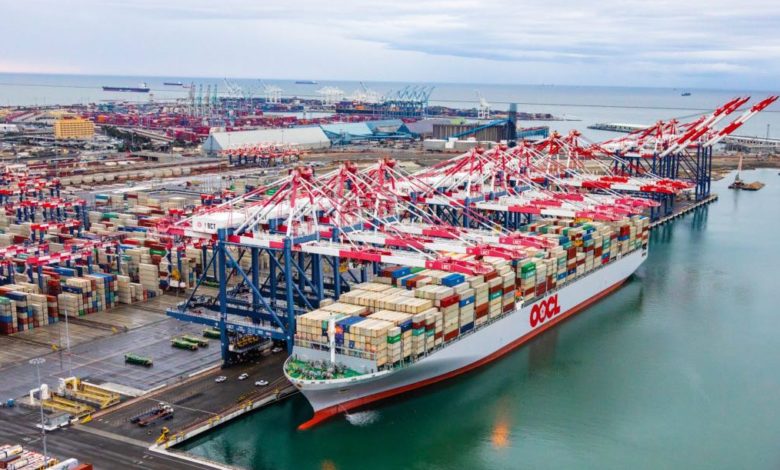Poll finds a majority of Americans would change where they shop to support cleaner ships

A new poll conducted for Pacific Environment by Yale University, George Mason University and Climate Nexus finds that nearly three-quarters (74%) of American voters would be more likely to shop at companies that use cleaner ways to ship their goods. The poll, released as IMO member states meet this week to discuss emissions measures, finds that 70% of American voters would continue to shop at these brands even if using clean ships raised the price of their goods.
“People care about the harm ships do to our communities, oceans, and climate, and will bring their business to the retailers that are doing something about it,” said Madeline Rose, climate campaign director at Pacific Environment. “This poll, which we believe is the first of its kind, shows that consumers are eager to put their dollars behind first-mover brands that can deliver zero-emission shipping.”
These findings also demonstrate a strong American preference to shop at companies taking action to address the outsized impacts from maritime shipping, which transports around 80% of all global freight by volume. About three-quarters of voters feel more favourably toward a company that imported their products using the cleanest fuel available (75%), was the first to ship their products on a zero-emissions ship (73%), or reduced shipping-related emissions by just a third (72%). More than eight in 10 (84%) agree that the shipping industry should be doing more to reduce the impacts of shipping goods around the world.
Companies that fail to reduce their shipping emissions could lose customers to competitors making good on climate commitments
“Americans are putting corporations’ feet to the fire when it comes to tackling climate change and polluting practices. These findings show that companies that fail to reduce their shipping emissions could lose customers to competitors making good on climate commitments that include the human health and environmental impacts of shipping,” said Rose.
Climate Nexus Polling, in partnership with the Yale Program on Climate Change Communication and the George Mason University Center for Climate Change Communication, conducted a representative survey October 13, 2020 of 1,936 registered voters in the United States. The margin of error for this survey is +/- 2.3% at the 95% confidence level. The poll was sponsored by Pacific Environment and funded by the ClimateWorks Foundation.
Shippers have been making ever more ambitious net zero goals this year. In June, for instance, Unilever announced a series of sustainability measures and commitments, including reaching net zero emissions from all its products by 2039, setting a new high ambition bar among major brands around the world with huge ramifications for the shipping community.
The maker of Dove skincare, Colman’s mustard, and Q-tips cotton swabs now aims to zero out all emissions from its own operations and those of its suppliers including shipping by 2039. Each of the company’s 70,000 products will show on their labels how much greenhouse gas was emitted in the process of manufacturing and shipping them to consumers.
“End consumers are becoming increasingly concerned about the climate impact of their purchases and willing to pay a premium for sustainable sourcing. This means a competitive advantage for cargo owners who can label their modes of transportation as green,” Johannah Christensen, managing director at the Global Maritime Forum, a partner of the Getting to Zero Coalition, told Splash in an interview earlier this year.
“Shipping is a service business and its end-users – cargo owners, and ultimately us consumers – are demanding rapid, meaningful response to the climate emergency. Shipping can respond in a positive way, creating new commercial opportunities,” Diane Gilpin, founder and CEO of the Smart Green Shipping Alliance (SGSA), said in a June interview with Splash.
